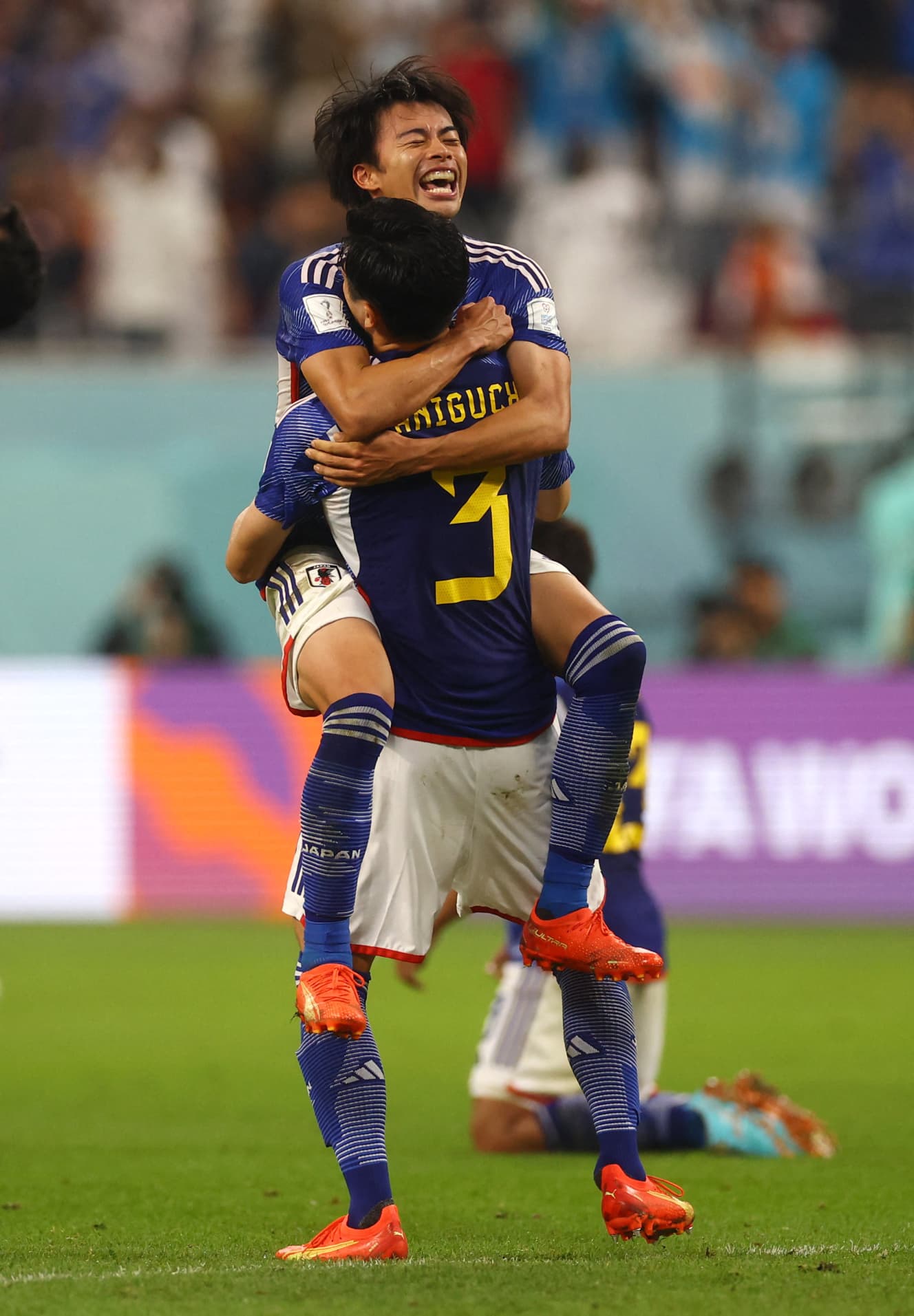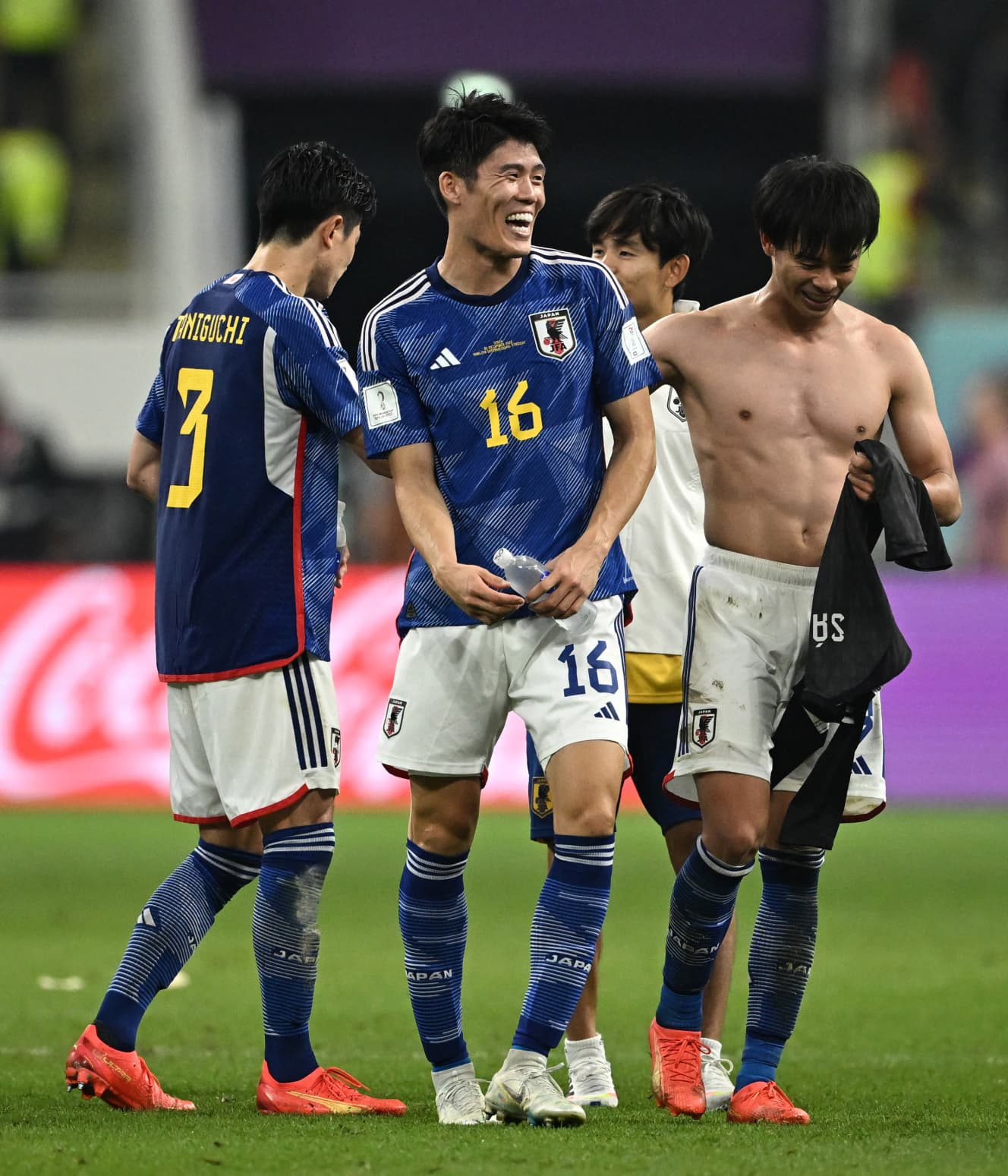Initially offering “200 million yen”… Japan Football Association’s bitterly contested “broadcasting rights fee” to TV stations.

Japan’s second national soccer team, Moriyasu Japan, will be back in action at the Kirin Challenge Cup on March 24 and 28. The Japan Football Association (JFA) defeated past champions Germany and Spain for the first time in history at the World Cup at the end of last year. The JFA is eager to “recreate the national team bubble,” and has offered NHK and all commercial broadcasters 200 million yen per game for TV broadcasting rights for friendly matches in preparation for the March international tournament. However, the JFA found it difficult to invite the strong European and Brazilian teams it wanted to play in the March matches, and it turned out that the JFA had to come up with a hard-luck plan for the TV networks to avoid a substantial drop in broadcasting rights fees.
I was surprised when the JFA approached us. The JFA had stubbornly refused to change the price of broadcasting rights fees in the past. I don’t remember anything like this ever happening before.
A director in charge of sports at a commercial TV station said with a wry smile.
The Japanese national soccer team has made great strides since its first appearance in the 1998 World Cup. TV ratings rose steadily, and the team had many sponsors, merchandise sales, and even platinum tickets for friendly matches in Japan at one time.
However, the popularity of the national team gradually declined, and there was a time when the COVID-19 crisis did not attract any customers. The popularity of the national team was about to become “past glory,” but Moriyasu Japan performed very well at the World Cup in Qatar at the end of last year, and momentum was building to revive the team as a “profitable software” in preparation for the 2026 World Cup in North and Central America.
The JFA offered a TV broadcasting rights fee of 200 million yen per match, 50 million yen more than the previous fee, for the second Moriyasu Japan friendly matches. However, the opponent country has not been decided. Without a partner, commercial broadcasters in particular would have no “material” to present when approaching companies to negotiate for sponsorship.
The JFA, which still wanted to sell the rights somehow, softened its policy of a flat fee of 200 million yen, and proposed a plan in which the full amount of the broadcasting rights fee would be 200 million yen only if Japan could invite an opponent ranked higher than the current FIFA ranking of 20, and the fee would be lowered in 50 million yen increments according to the ranking if the Japanese team was ranked 20 or lower. In effect, this is the first time such a structure has been adopted for broadcasting rights fees for the Japanese national soccer team.
The JFA wanted to protect the full 200 million yen. After the World Cup in Qatar, the rise of new faces such as Kaoru Mitoma (Brighton), who plays in Europe’s premier league, had led the JFA to believe that even if the fee was raised by 50 million yen to 200 million yen, it would still sell. However, as mentioned above, the team is having difficulty in selecting the most important opponents. Another director of a commercial TV station revealed.
We can’ t invite a strong European country in March,” said a director of a commercial TV station. This is due to the European Nations League (UNL), which began in 2018 under the auspices of the Union of European Football Associations (UEFA), an international tournament for national teams held in years when there is no World Cup or European Championships.
In Europe, even the strongest countries cannot make money from national team matches like in Japan. But just by participating in the UNL, even countries that are not strong enough get paid to compete, so the need to go all the way to Japan to play friendly matches has been completely eliminated. The French team that won the last UNL held in 2020-21 also got about 1.4 billion yen, so there’s almost no chance of a European team coming in March.”

In June of last year, about six months before the World Cup, the JFA invited the Brazilian national team for the first time in 21 years. At that time, the total fee paid to the Brazilian federation was said to be 300 million yen, almost three times more than the regular fee for a friendly match. In 2021, the year before this, the ratings for Moriyasu Japan’s World Cup second-round qualifying matches had remained low, not even reaching 10% for a single game broadcast in prime time. However, the Brazilian team, led by world-class ace Neymar, came to Japan with a full squad, and the household viewer rating rose to 22.4% (Video Research, Kanto region), exceeding 20% for the first time in a long time. A director of a commercial TV station continued.
What commercial broadcasters, including NHK, are now focusing on is how many people in their teens to 40s are watching the game. The numbers (viewer ratings) of this age group were good for the Brazil match, and we knew that they would watch the match if it was against a strong country. Therefore, we do not think that a broadcasting rights fee of 200 million yen is expensive for a national team match against a strong opponent. However, it is unlikely that the Brazilian team will come this time, as the JFA does not have the financial resources to pay a fee of nearly 300 million yen again.
Koji Sorimachi, 58, chairman of the JFA technical committee and in charge of strengthening the national team, said that the team is still struggling to decide who to play in the March international tournament, and continued, “We are having difficulty playing European teams this time as well.
If we still haven’t decided who we will play in March even in February, we will be under a lot of pressure.
Unfortunately, the bad scenario has become a reality. The JFA, believing that it could not invite strong European and South American teams, is currently negotiating with the Moroccan team (ranked 11th in the latest world rankings), which finished fourth in Qatar, and the powerful South American team of Colombia (ranked 17th), which failed to qualify for the same tournament in March. If this happens, the JFA expects to secure the full 200 million yen in broadcasting rights that it initially offered. ……
After the two matches in March, the team will play four more international matches in Japan in June and November, and the second round of Asian qualifying matches for the 2026 World Cup will begin as early as that November. The battle to reconnect the soccer fever generated by last year’s World Cup to “profitable software” is proving more difficult than expected.


